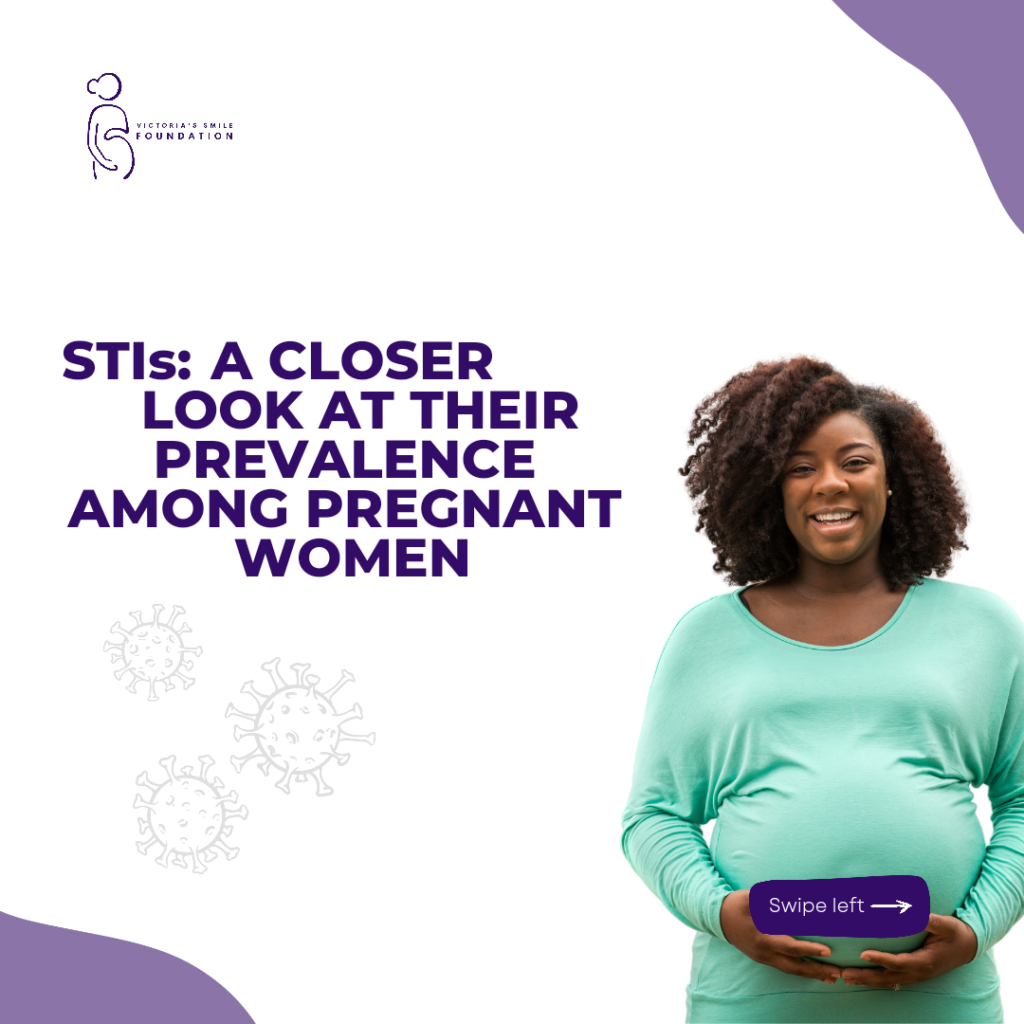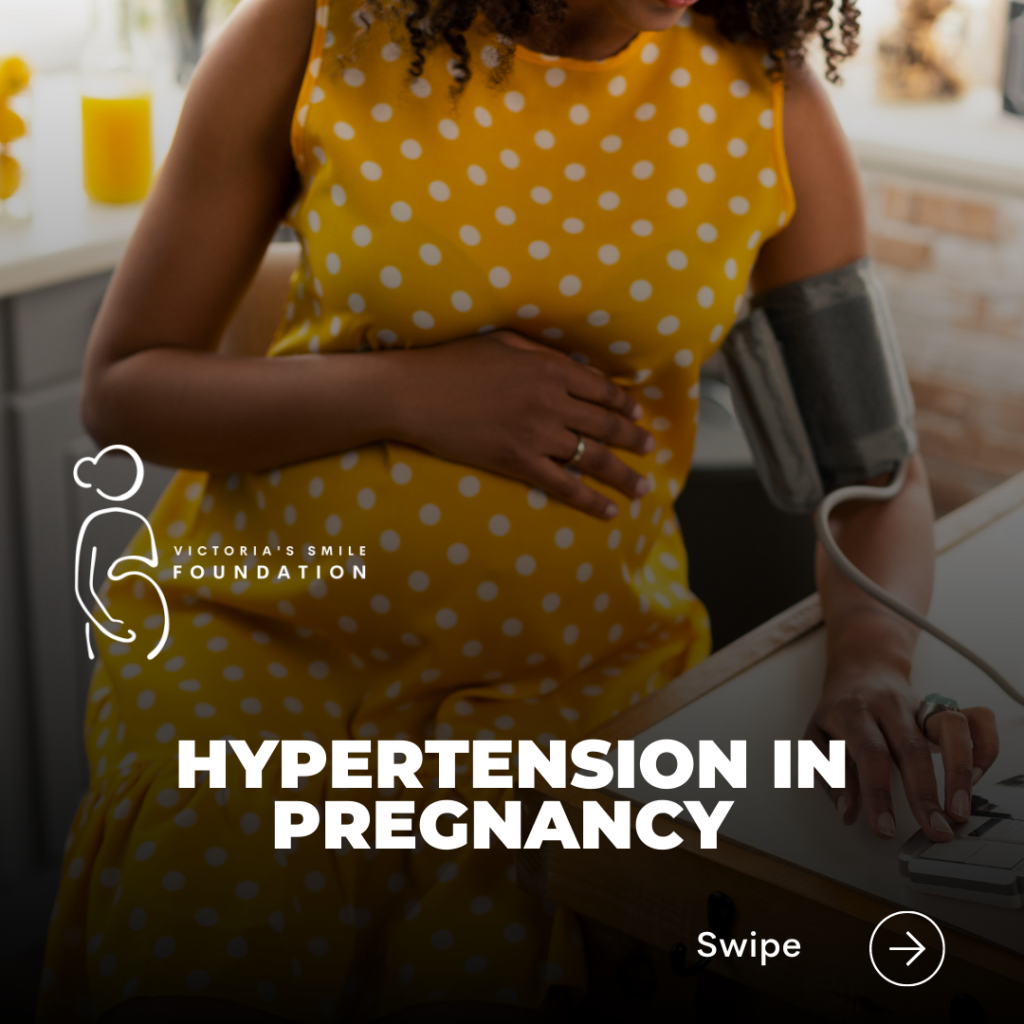Greetings, lovely readers! I’m thrilled to be back with more insightful and captivating information for you. Today, we’ll conclude our discussion on the stages of labor and delivery by exploring the fascinating Stage 3 – Established Labor.
Stage 3 of labor occurs after the birth of your precious baby when your uterus contracts to expel the placenta through your vagina.
During this stage, there are two methods of management available:
Active Management: In this approach, your midwife administers oxytocin through an injection in your thigh, either during or shortly after giving birth. This helps stimulate uterine contractions. The umbilical cord is not immediately cut; it is left intact for 1 to 5 minutes after birth, allowing for a smooth transfer of nutrients to your baby. Only in special circumstances, like the cord being tightly wrapped around your baby’s neck, might the cord be cut earlier. Once the placenta detaches from the womb, your midwife gently pulls on the attached cord, facilitating its removal through your vagina. Typically, this process takes about 30 minutes after your baby’s birth. Active management reduces the risk of heavy bleeding after childbirth (postpartum hemorrhage) but may lead to increased feelings of sickness and stronger afterpains (post-birth contraction-like pains).
Physiological Management: With this natural approach, no oxytocin injection is given, and the 3rd stage of labor occurs independently. The umbilical cord is not cut until it has stopped pulsating, which usually takes around 2 to 4 minutes, ensuring the continued blood flow from the placenta to your baby. Once the placenta separates from the uterus, you may experience pressure in your lower region, and you’ll be required to push out the placenta. This process may take up to an hour, but usually, it only requires a few minutes of pushing.
When the placenta doesn’t come away naturally or there is heavy bleeding, your midwife or doctor may suggest switching to active management at any point during the 3rd stage of labor.
Before your delivery, your midwife will discuss both methods with you, giving you the opportunity to decide which option aligns better with your preferences and situation.
Please remember that certain circumstances might make physiological management unsuitable for some women, and your midwife or doctor will explain if this applies to you.
I hope you found this information enlightening. Stay tuned for my next engaging topic. Until then, take care and stay healthy!



